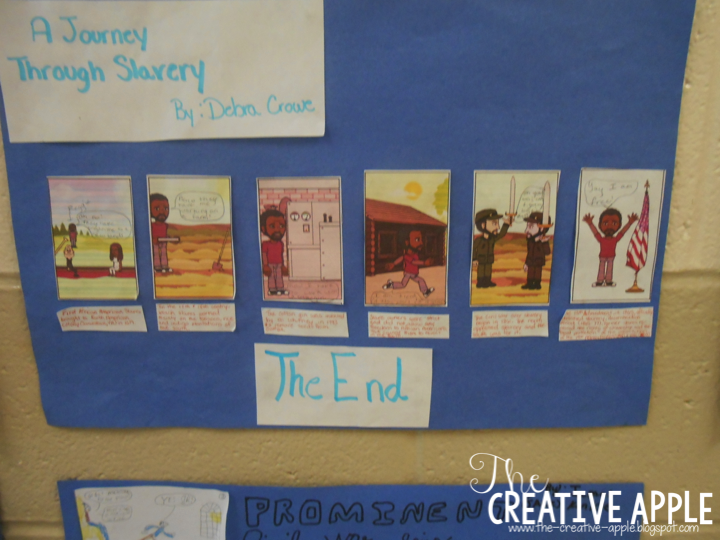Oh my! Time sure does fly when you are running around like a back to school teacher! These past three weeks have been a whirlwind of craziness! I've been trying to survive and get to know my students as readers. I still don't feel like I am where I need to be, but I'm still trying to fill out my reading bio for each student. I am almost finished with my running records and retelling for my advanced students. I am completely finished with my other students.
Last year around April, I came across a great teaching lesson from one of my favorite blogs to read,
Teaching with a Mountain View. She mentioned on her blog, and I totally agree with her, that teaching students the differences between summarizing, paraphrasing, and quoting are very important and should be taught early on in the year. Last year, I decided that this would be one of the first skills I would teach my students. All of these ideas came from her blog, and I totally encourage you to go check it out as she explains it so much better.
First, we went over paraphrasing, summarizing, and quoting. The students have heard the terms before, but I don't think they ever looked at each one with its own individual meaning. I'm not going to lie, it's difficult to explain the difference between the three, but the more you talk about and explain it, the more clear it becomes for you and the students!
What helped the students {and myself} the most was looking closely at the two that were mostly alike and comparing the two. We created this graphic organizer together on the board. The students were able to use the anchor chart to help them.
In small group, we worked on these wonderful task cards by Mary from Teaching with a Mountain View.
I copied the first one on a sheet of paper like she recommends
here. Then, I created a small flip chart foldable that the students glued to this page and used it to record their thoughts.
Once we completed this activity in small group, the students completed a few more task cards independently. Then, for an assessment, I had the students complete an activity where they took a Civil War article (what they are learning in social studies) and read it a few times. I gave them a week to work on summarizing their article and then transferring that information into a comic strip. Here are a few pictures of their work.
Here are links to the resources I used. The project explanation page is specifically for my classroom, but you can use it as a guide to help you with yours. I found the comic strip templates online.
Comic Template #1
Comic Template #2
Explanation Handout
This past week, we worked on supporting our answers with evidence from the text. I created an evidence board similar to this one
here. If you follow me on Instagram, then you have already seen this picture of my board.
This past week, we talked about our evidence sentence starters. I got these sentence starters from Jen Jones'
Text Talker sheet that she has for FREE in her shop. I typed them up two different ways. I ended up going with the more simple cards that I printed on bright card stock. I still have to take the examples the kids came up with while we were modeling how to correctly use them and make a cute anchor chart to go on the left side of the board. It's amazing, but I have already witnessed this transfer over to their homework and even their weekly reading assessments. It's amazing what these kids can do when you model for them and train them up right!
Here are the links to what I used! You may use them in your classroom, but please don't try to pass them off as yours :)
Simple Cards
Designer Cards
I have so many other things I want to share... but this post is long enough already :) I have three ELL students this year, and one requires alternate homework. I can't wait to share how I modify her 5th grade homework to help her read!
Is there something new you are using this year that you LOVE???












































